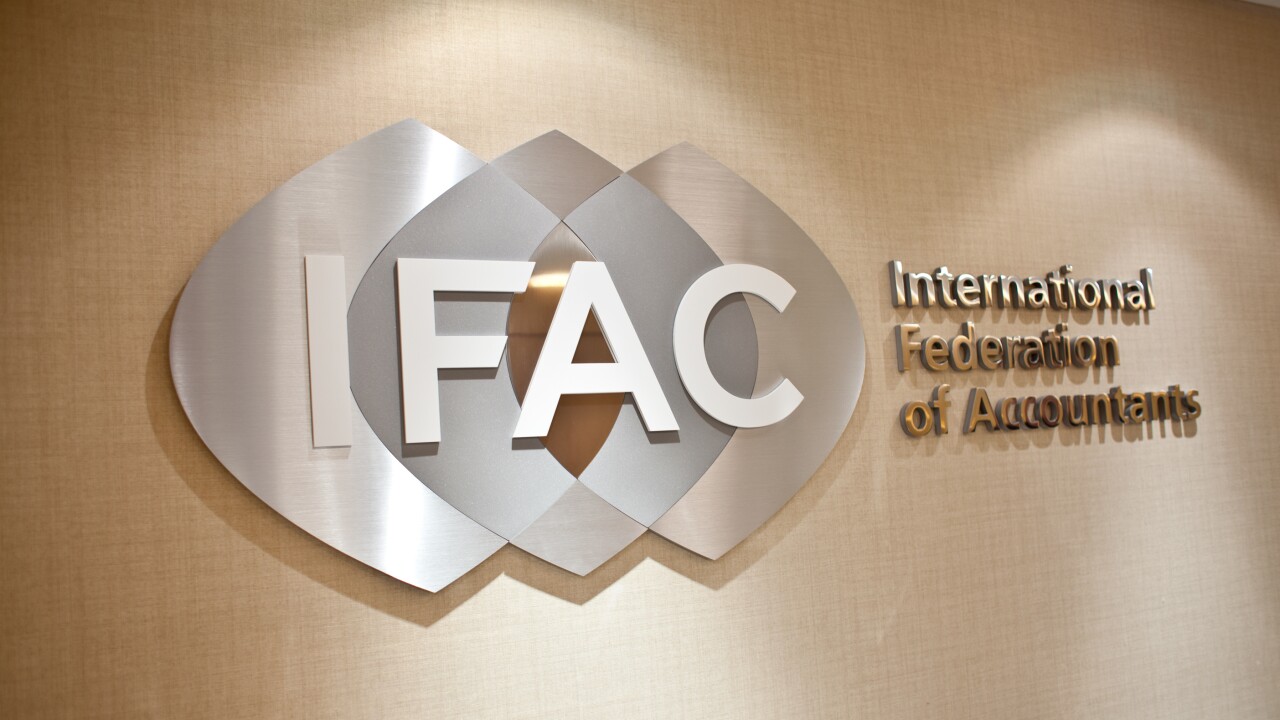The International Accounting Standards Board has released an interim standard for businesses that engage in rate-regulated activities, such as gas, electric and water utility companies, even as a new report from two prominent accounting profession organizations outlines some of the challenges the IASB is facing.
The IASB’s interim standard, IFRS 14 Regulatory Deferral Accounts, aims to enhance the comparability of financial reporting by entities that engage in rate-regulated activities. It is not one of the convergence projects that the IASB has been working on with its U.S. counterpart, the Financial Accounting Standards Board, for harmonizing U.S. GAAP with International Financial Reporting Standards. The IASB has been working separately on standards for rate-regulated utilities in response to demands from standard-setters in countries abroad. However, the standards may eventually influence the work of FASB in the U.S.
The IASB noted that many countries have industry sectors that are subject to rate regulation, whereby governments regulate the supply and pricing of particular types of activity by private entities. This can include utilities such as gas, electricity and water. Rate regulation can have a significant impact on the timing and amount of an entity’s revenue.
IFRS does not provide any specific guidance for rate-regulated activities, so the IASB has a project to consider the broad issues of rate regulation and plans to publish a Discussion Paper on this subject in 2014. Pending the outcome of this comprehensive Rate-regulated Activities project, the IASB decided to develop IFRS 14 as an interim measure.
“Many different rate-regulatory models are in use around the world,” said IASB vice-chairman Ian Mackintosh in a statement. “While we are concerned to complete our work in this important area of accounting as expeditiously as possible, it is likely to take some time. These interim measures will go some way towards enhancing the comparability of financial reporting by entities with rate-regulated activities until the IASB’s comprehensive Rate-regulated Activities project is completed.”
IFRS 14 permits first-time adopters to continue to recognize amounts related to rate regulation in accordance with their previous GAAP requirements when they adopt IFRS. However, to enhance comparability with entities that already apply IFRS and do not recognise such amounts, the Standard requires that the effect of rate regulation must be presented separately from other items. An entity that already presents IFRS financial statements is not eligible to apply the Standard.
IFRS 14 Regulatory Deferral Accounts take effect starting Jan. 1, 2016, but early application is permitted. A high-level summary of the standard can be
IFAC and ICAS Examine IFRS Roadmap
As the IASB undertakes work such as the rate-regulated entity standard that has the potential to shape the future of financial reporting across the globe, the International Federation of Accountants and the Institute of Chartered Accountants of Scotland have collaborated to encourage engagement and debate.
The joint IFAC/ICAS paper, "
In the paper, IFAC and ICAS raise some fundamental questions and issues that should be considered by the IASB, including:
Who are financial statements for?
What is the purpose of financial statements?
What role should the Conceptual Framework serve?
What items should be included in assets and liabilities?
What does financial performance’ mean?
“These questions get right to the heart of how companies communicate with the financial markets,” said IFAC CEO Fayez Choudhury in a statement. “The basic building blocks of financial statements have existed for decades and it is important to undertake a serious assessment of whether they remain fit for purpose.”
“The Conceptual Framework sets the direction of travel for financial reporting globally,” said ICAS CEO Anton Colella. “The IASB has stated that it will focus on updating, improving and filling in gaps’ of the current Framework. Our overarching question is: is this sufficient or do we need a more fundamental re-think?”
The paper does not contain answers to all of these difficult questions, but aims to stimulate the debate and encourage those with a stake in financial reporting to engage and assist the IASB with its endeavor.





